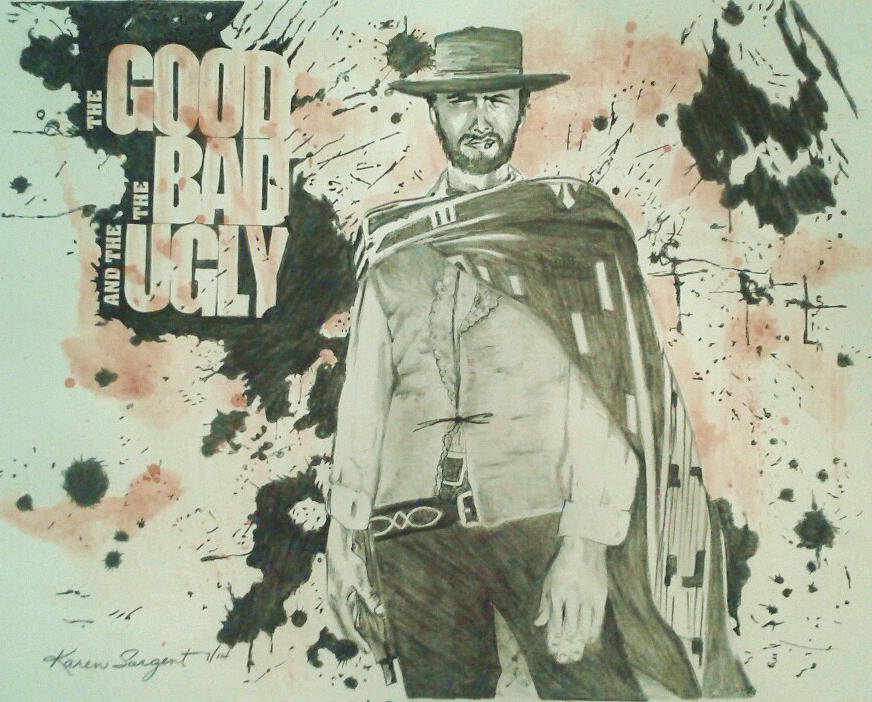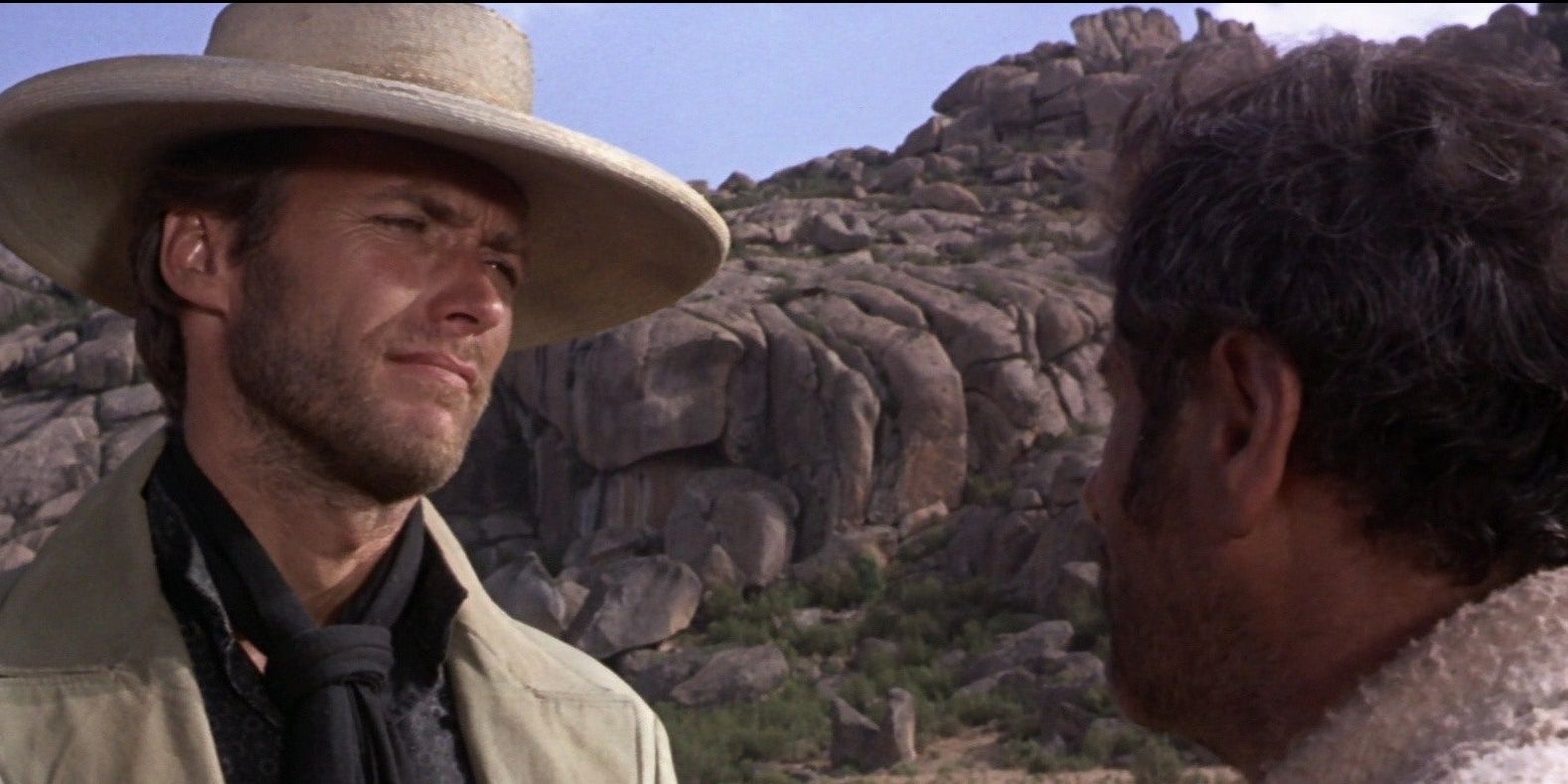
Details about BALTIMORE'S TRANSATLANTIC AIR BASE MUNICIPAL AIRPORT DUNDALK PROMO POSTCARD RARE, 25mm 10-200Pcs Stainless Steel Split Keyring Nickel Plated Hoop Loop Ring Supply. Original Harry Potter Movie Metal Unum Galleon Coin MINT Not a Reproduction. Leone was instrumental in asking Morricone to compose a track for the final Mexican stand-off scene in the cemetery, asking him to compose what felt like “the corpses were laughing from inside their tombs”, and asked Delli Colli to creating a hypnotic whirling effect interspersed with dramatic extreme close ups, to give the audience the impression of a visual ballet. Filming concluded in July 1966.CLINT EASTWOOD IN "THE GOOD THE BAD AND THE UGLY" 8X10 PUBLICITY PHOTO AZ207 Then they’d scrutinize you very tough, but the fact that you’re doing a western that’s supposed to be laid in southwest America or Mexico, they couldn’t care less what your story or subject is.”Top Italian cinematographer Tonino Delli Colli was brought in to shoot the film and was prompted by Leone to pay more attention to light than in the previous two films Ennio Morricone composed the score once again.



The plot revolves around three gunslingers competing to find fortune in a buried cache of Confederate gold amid the violent chaos of the American Civil War (specifically the New Mexico Campaign in 1862), while participating in many battles and duels along the way. The film was the third collaboration between Leone and Clint Eastwood, and the second with Lee Van Cleef.įilming began at the Cinecittà studio in Rome again in mid-May 1966, including the opening scene between Eastwood and Wallach when Blondie captures Tuco for the first time and sends him to jail.The production then moved on to Spain’s plateau region near Burgos in the north, which doubled for the southwestern United States, and again shot the western scenes in Almería in the south.This time, the production required more elaborate sets, including a town under cannon fire, an extensive prison camp and an American Civil War battlefield and for the climax, several hundred Spanish soldiers were employed to build a cemetery with several thousand grave stones to resemble an ancient Roman circus. For the scene where the bridge was blown up, it had to be filmed twice as in the first take all three cameras were destroyed by the explosion.Eastwood remembers, “They would care if you were doing a story about Spaniards and about Spain. The film is known for Leone’s use of long shots and close-up cinematography, as well as his distinctive use of violence, tension, and stylistic gunfights.


 0 kommentar(er)
0 kommentar(er)
